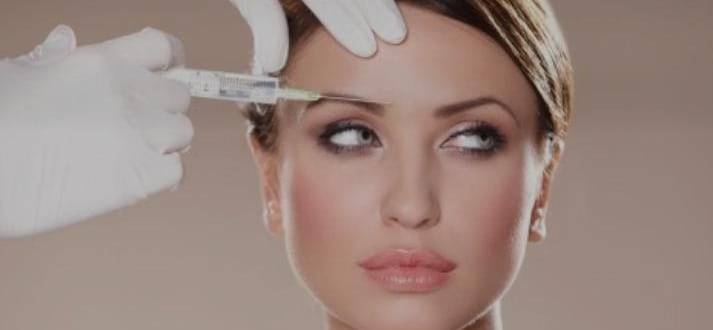
Most people when they hear the word botox usually imagine full lips, plump foreheads and soft cheeks. What most people don't know is that botox, or botulinum toxin type A, is a natural protein that has been used by doctors since the 1950s to treat a range of neurological and muscle conditions.
Botox is used to treat about 20 conditions including migraine. Botox causes muscle paralysis for a few months and when applied to the forehead and scalp can provide relief from migraine symptoms.
Botox successfully represents the long-term effect of the surgery and therefore determines whether the patient can undergo the surgery or not. The doctor injects botulinum toxin type A into one or more of the irritation spots in the area above the eyebrows. This results in paralysis of the sphincter muscles for a period of about three months. During this time, the muscle relaxes and therefore does not disturb the trigeminal nerve. Therefore, the sequence of events that causes migraine attacks is prevented.
However, this relief is only temporary and the treatment must be repeated once every 3 months to have a lasting effect. Toward the end of the three-month period, the patient will begin to experience some migraine symptoms again and notice the reappearance of expression lines in the area above the eyebrows.
The amounts of botulinum toxin type A (botox) used to treat migraines are minimal and the active ingredients are targeted to a small area at the injection site. In fact, botulinum toxin A cannot be detected in the body while there are no reports of contraindications with other medication.
Segos Ioannis, Ophthalmologist surgeon
